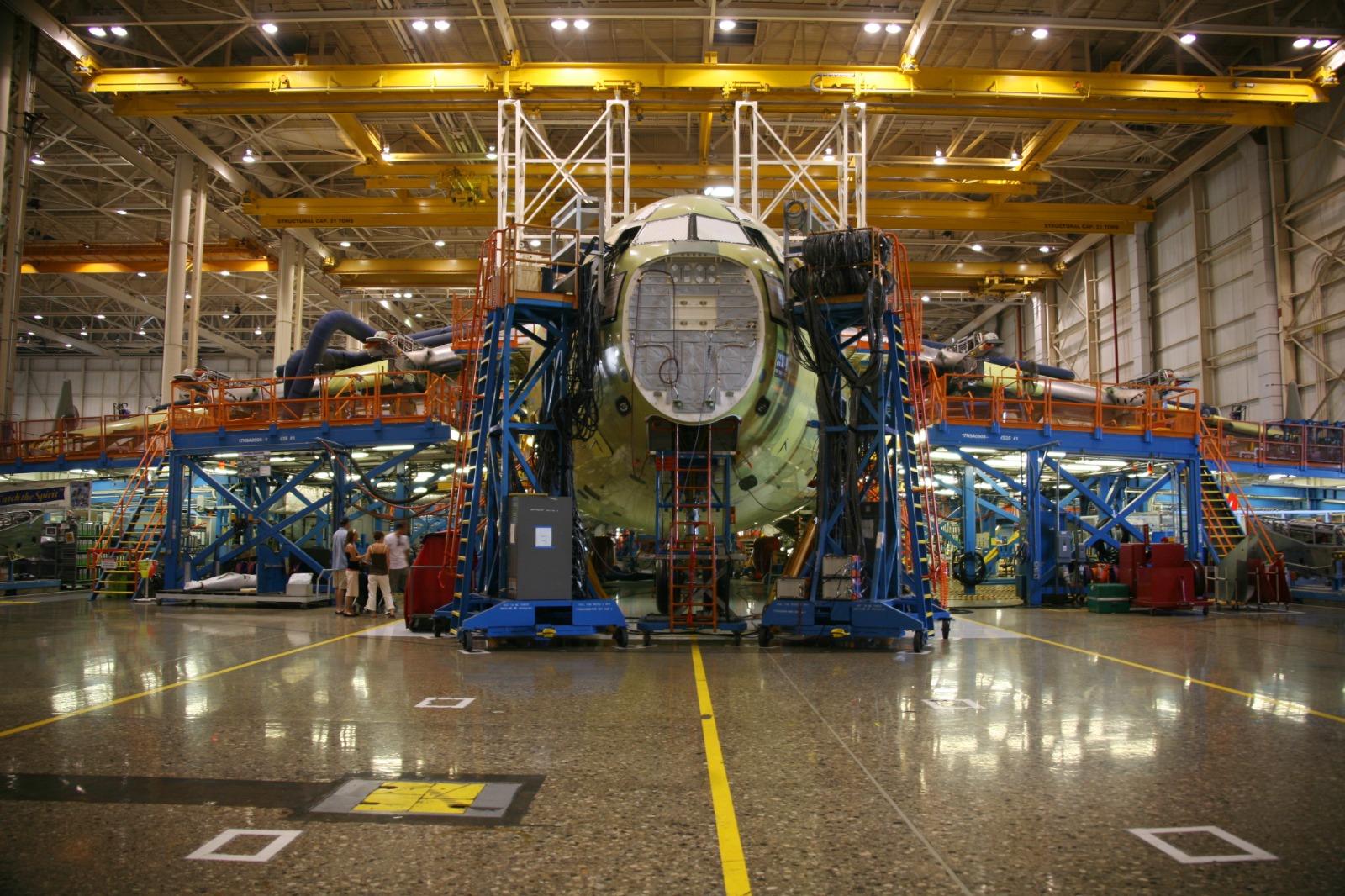Post-Tension Industrial Floors
Post-tension industrial floors are specialized concrete slabs designed to handle heavy loads and dynamic pressures in industrial settings, offering enhanced structural integrity and durability for various applications.

Industrial Floors
Post-tension industrial floors are specialized concrete slabs designed to handle heavy loads and dynamic pressures in industrial settings. They provide exceptional durability and performance in demanding environments such as aircraft hangars, warehouses, and manufacturing facilities.
The post-tensioning process involves placing steel tendons within the concrete and applying tension after the concrete has set. This method helps counteract the stresses caused by heavy loads and dynamic pressures, resulting in a more durable and crack-resistant floor.
Applications in Aircraft Hangars
Post-tensioned floors are particularly suited for hangars due to their ability to span large areas without intermediate columns, providing unobstructed space for aircraft movement and maintenance.
They are resistant to the effects of aviation fuels, oils, and other chemicals commonly found in hangar environments. Post-tensioned industrial floors are an excellent choice for aircraft hangars due to their ability to handle heavy loads, large spans, and dynamic pressures.
Key Features
- •Load-Bearing Capacity: Post-tensioning allows the floor to support the immense weight of aircraft, vehicles, and equipment without excessive thickness. It minimizes deflection and ensures a stable surface for operations.
- •Joint-Free Design: Post-tensioned floors can be constructed with fewer joints, reducing maintenance and preventing issues like joint spalling. This seamless design is ideal for large hangar spaces.
- •Durability: The tensioning process enhances the floor's resistance to cracking, wear, and environmental stresses. It ensures long-term performance even under heavy traffic and chemical exposure.
- •Cost Efficiency: Thinner slabs reduce material usage, making construction more economical. Faster construction times are achieved due to early strength stressing.